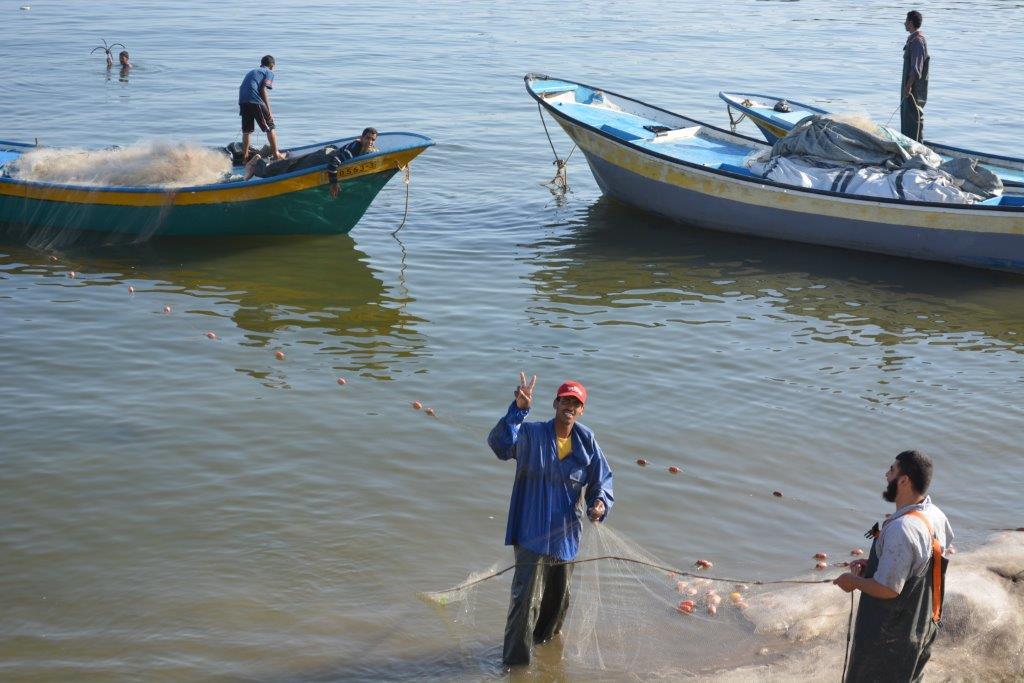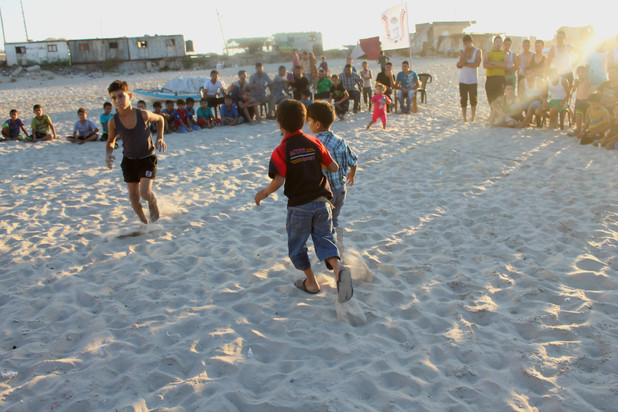Tag: Gaza
-
The Israeli offensive on Gaza caused full or partial damages to 75 kindergartens and day-care centers
21st September 2013 | Democracy and Workers’ Rights Center in Palestine | Gaza, Occupied Palestine The Democracy and Workers’ Rights Center field teams have documented full or partial damages to 75 kindergartens and day-care centers caused during the 51 day Israeli offensive against the Gaza Strip this summer. DWRC’s field workers conducted field visits to all the…
-
Final journal from Gaza
17th September | Charlie Andreasson | Gaza, Occupied Palestine This is what seems to be the last thing I will write from Gaza. Not that there is nothing more to tell, there lies a new story under every stone, but because I will soon leave this small coastal strip where there is so much to…
-
Gaza beach massacre commemorated by child survivors
10th September | Joe Catron | Gaza, Occupied Palestine On Sunday evening, as the sun slipped behind the Mediterranean Sea, members of the Bakr family, a sprawling clan of fishermen in Gaza City’s Beach refugee camp, gathered with hundreds of supporters on the beach next to the Gaza seaport. Their assembly commemorated the lives of nine-year-old Ismail…



